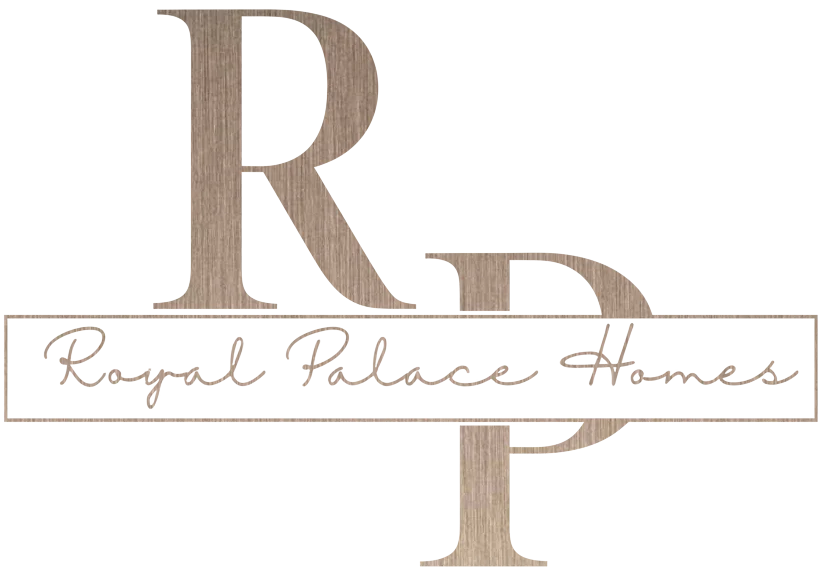Title: Strategies for Managing a Large-Scale Commercial Painting Project
Undertaking a large-scale commercial painting project can be a daunting task, requiring careful planning, coordination, and execution. Whether you’re a property manager, facility owner, or contractor, managing such a project requires a strategic approach to ensure its success. In this blog post, we will discuss key strategies for effectively managing a large-scale commercial painting project.
1. Comprehensive Planning: The foundation of any successful project lies in thorough planning. Start by conducting a detailed assessment of the painting project, including the scope of work, surface preparation requirements, paint selection, and timeline. Consider factors such as weather conditions, building occupancy, and access to the work area. Develop a comprehensive plan that addresses all aspects of the project, including budgeting, scheduling, and resource allocation.
2. Clear Communication: Effective communication is paramount in large-scale painting projects, involving various stakeholders such as property owners, tenants, project managers, and painting contractors. Establish clear lines of communication and ensure that all parties are informed about the project’s progress, timelines, and any potential disruptions. Regular meetings and updates can help to address any concerns and ensure that everyone is on the same page.
3. Project Management Software: Utilize project management software to streamline project coordination, scheduling, and task assignment. These tools can help to track project milestones, manage resources, and monitor progress in real-time. By centralizing project information and communication, project management software can enhance efficiency and accountability.
4. Quality Assurance: Large-scale commercial painting projects demand a high level of quality assurance to ensure that the finished results meet industry standards and client expectations. Establish clear quality control measures, including regular inspections, adherence to manufacturer specifications, and compliance with safety regulations. Implementing a rigorous quality assurance process will help to avoid rework and ensure customer satisfaction.
5. Safety and Compliance: Safety should always be a top priority in any commercial painting project. Ensure that all workers are properly trained in safety protocols and use appropriate personal protective equipment (PPE). Compliance with environmental regulations and industry standards, such as lead-based paint abatement or VOC emissions, is also crucial. Prioritize the safety of workers, building occupants, and the environment throughout the project.
6. Resource Management: Efficient allocation of resources, including manpower, equipment, and materials, is essential for the smooth execution of a large-scale painting project. Anticipate and plan for any potential resource constraints, and work closely with suppliers and subcontractors to ensure timely delivery of materials and equipment. Effective resource management can prevent delays and keep the project on track.
7. Flexibility and Adaptability: Large-scale projects often encounter unexpected challenges, such as weather disruptions, material shortages, or unforeseen site conditions. Maintaining flexibility and adaptability is key to overcoming these obstacles. Have contingency plans in place and be prepared to adjust schedules and strategies as needed to keep the project moving forward.
In conclusion, managing a large-scale commercial painting project requires a strategic approach that encompasses comprehensive planning, clear communication, effective project management tools, quality assurance, safety compliance, resource management, and adaptability. By implementing these strategies, project stakeholders can navigate the complexities of large-scale painting projects and achieve successful outcomes.

